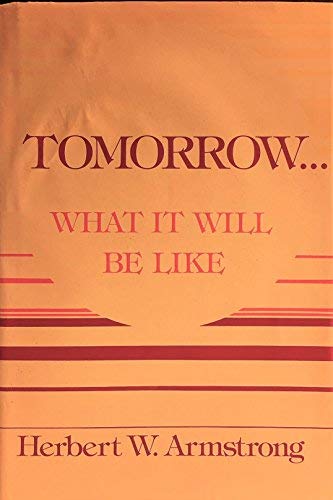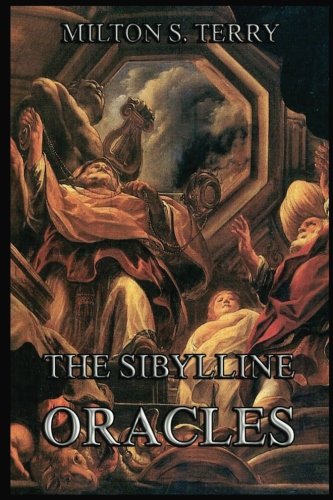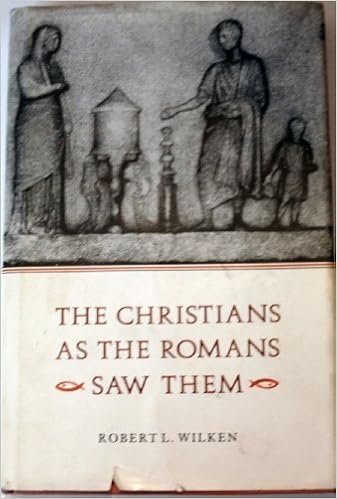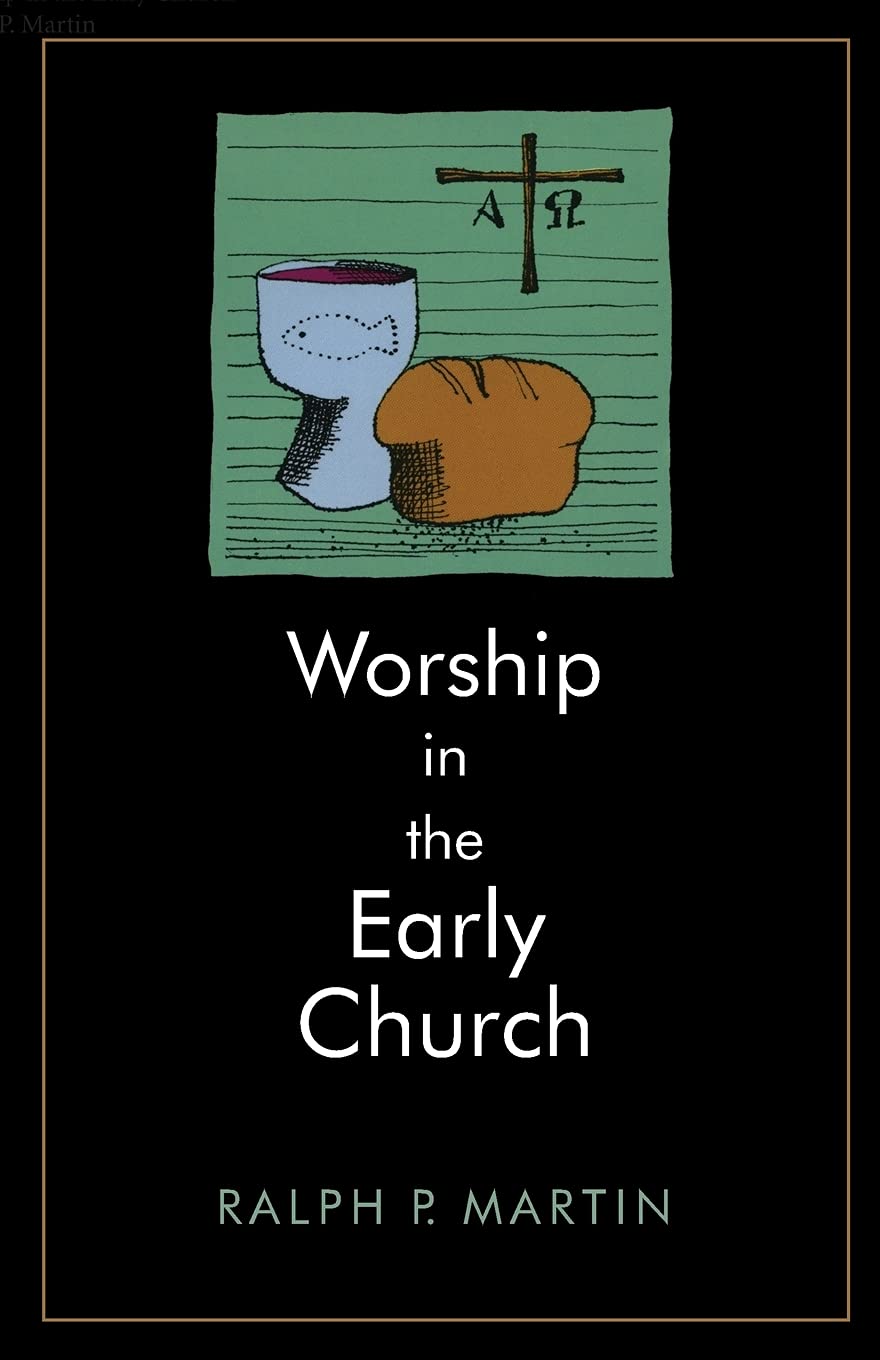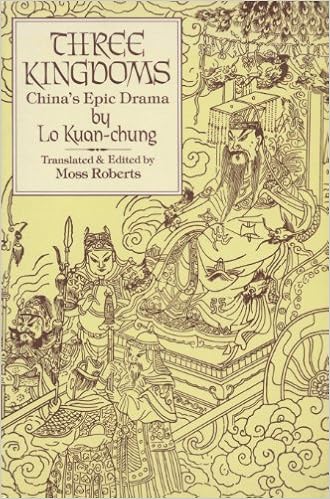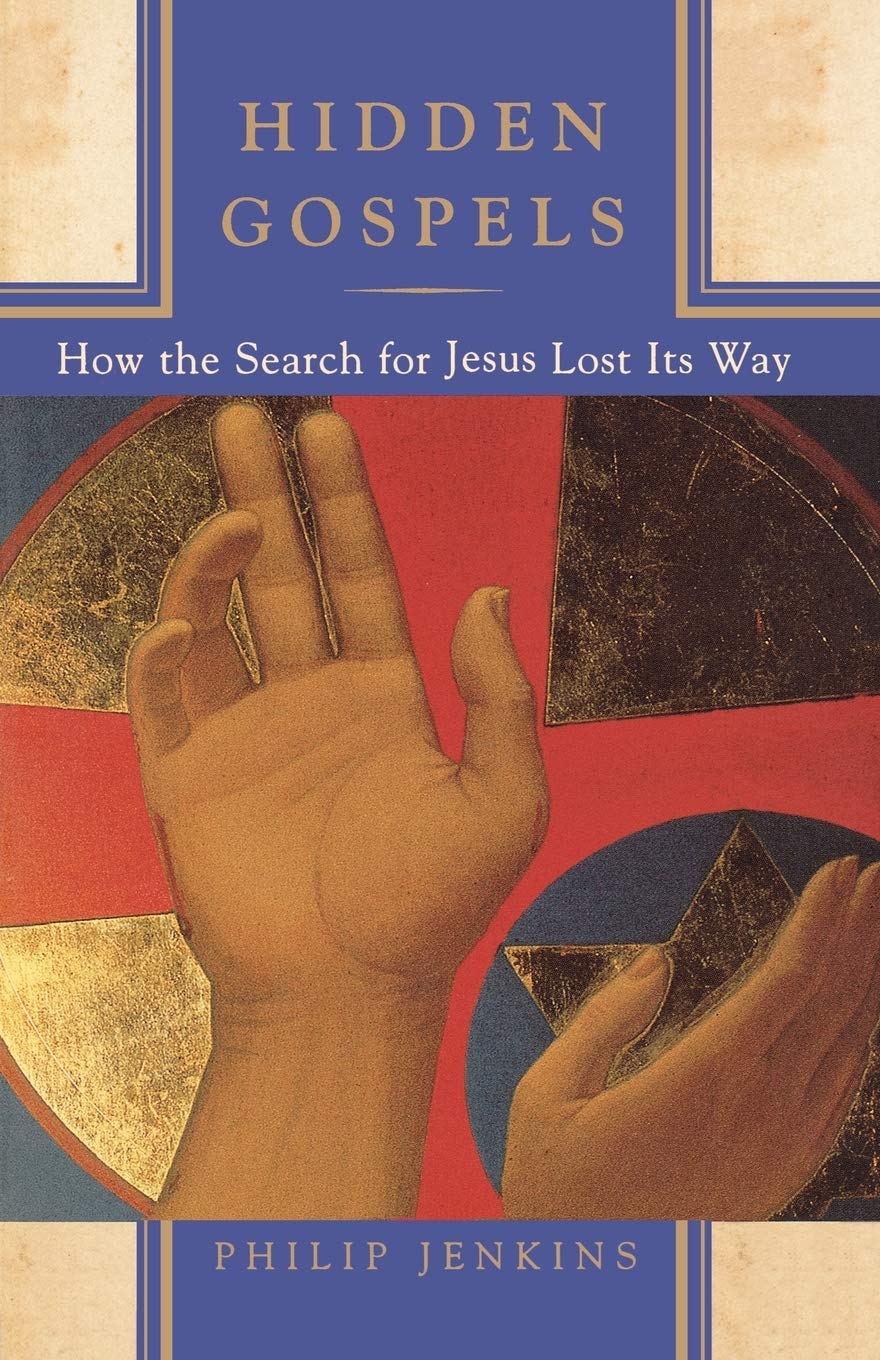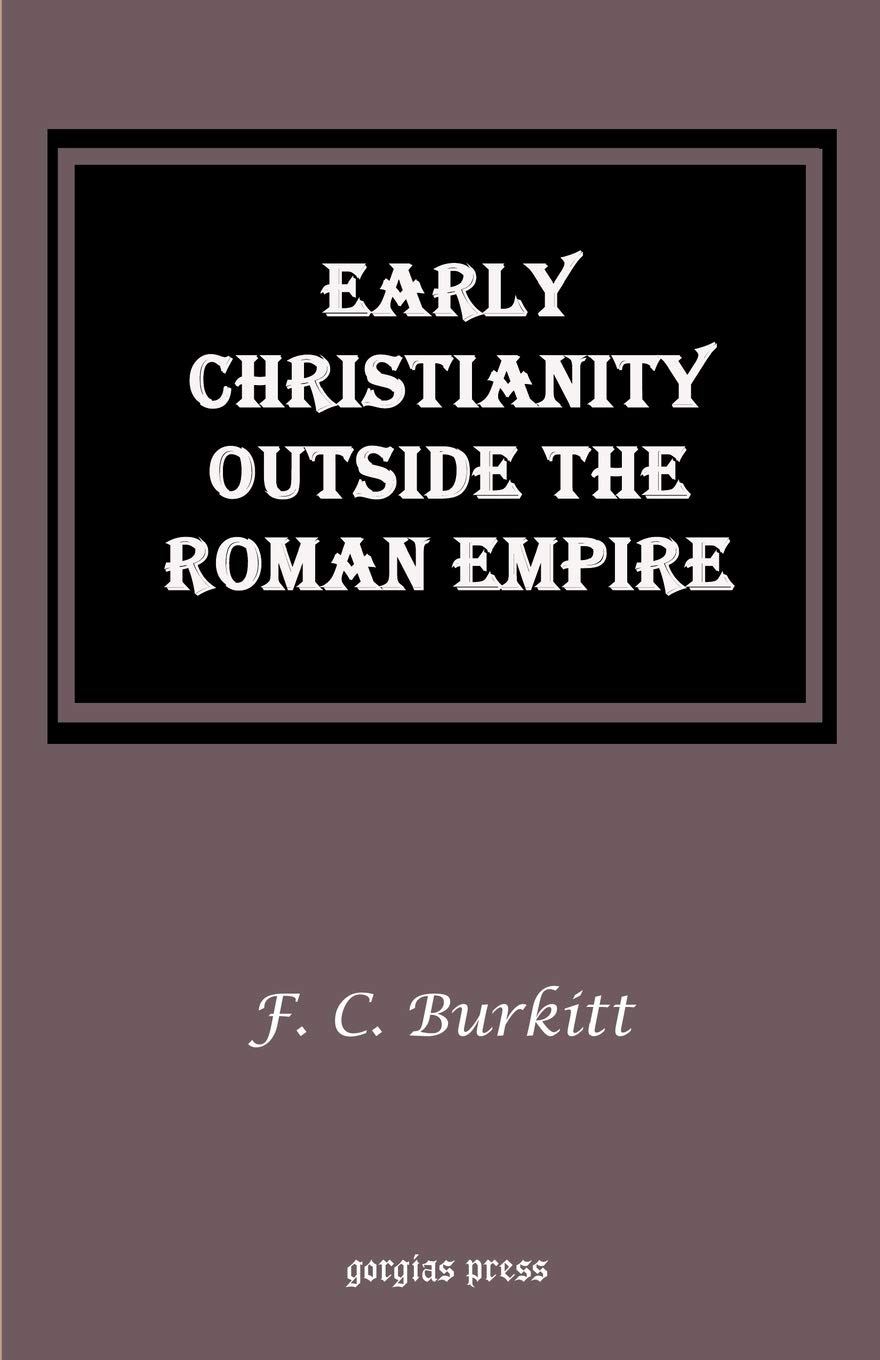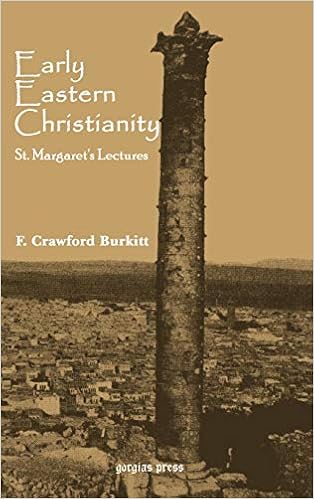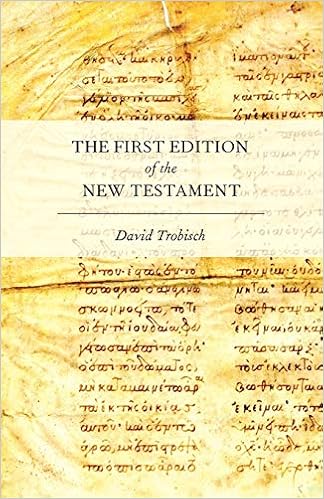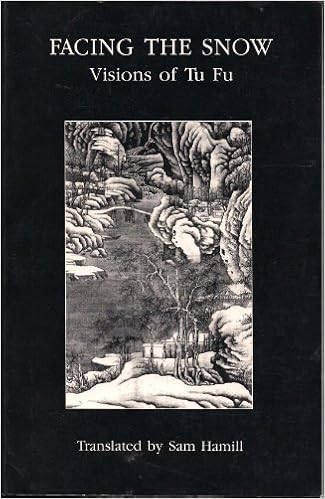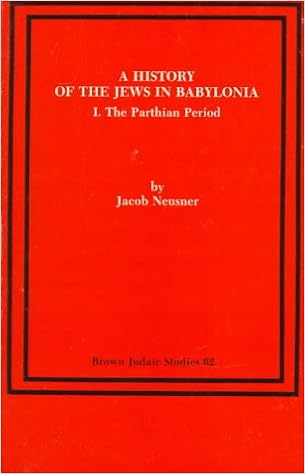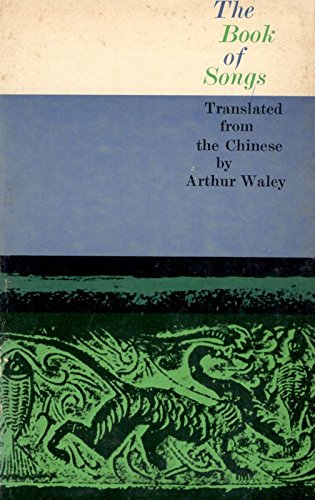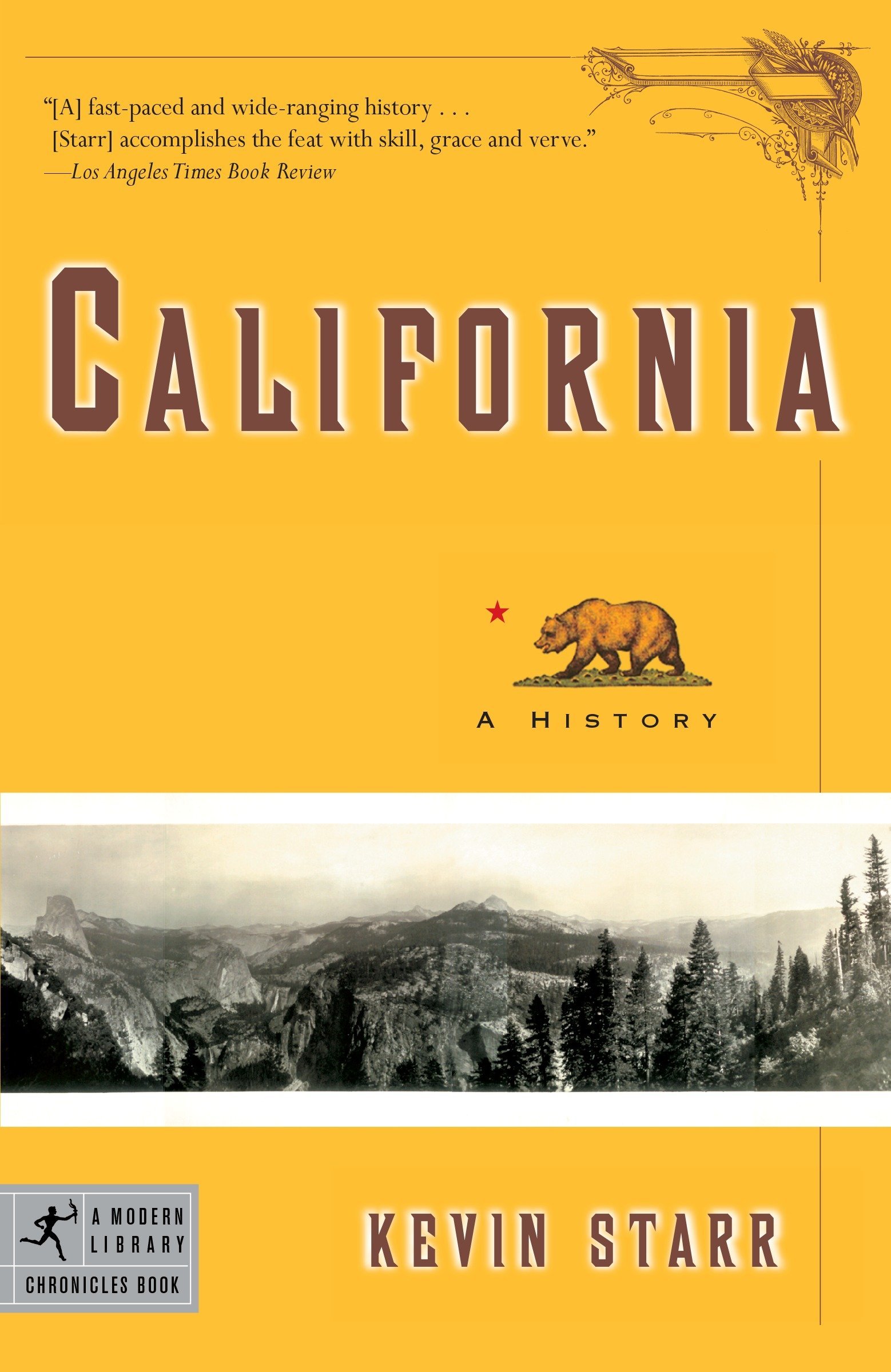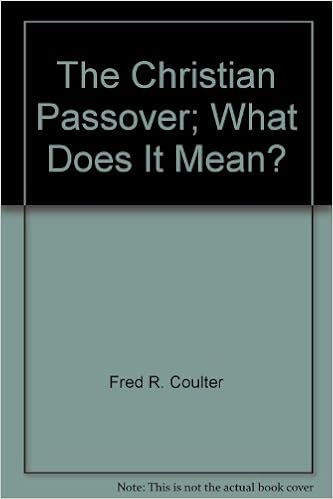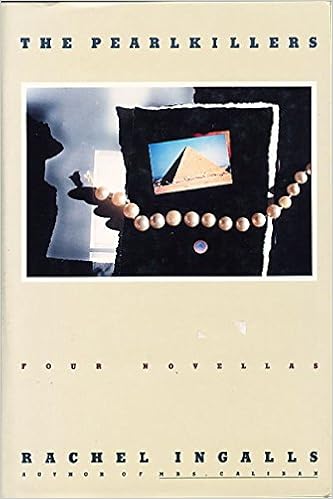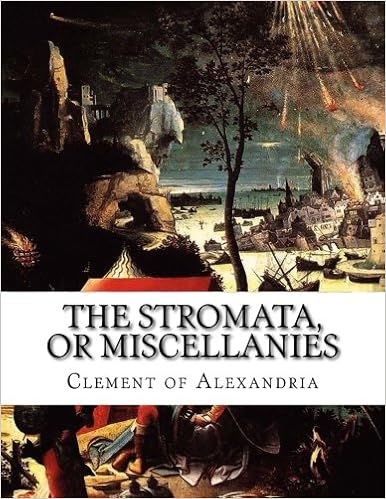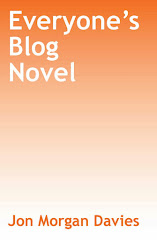I first read this book as a young teen, feeling somewhat obligated to do so and to "like" it, because it is a religious book. Coming to it again as an adult, I find it still difficult to assess critically, since Armstrong forged such an influence on my family's life when I was a kid. What would I think of it if I hadn't grown up around such influence? It's hard to say. Why reread it now? Because after this year's Feast of Tabernacles, I had a desire to study up on what the Bible says about urban planning in the millennium. I was hoping this book might have some ideas. In the end, there wasn't much on the subject, maybe a couple of paragraphs that remotely relate.
What I did find was a book that in some ways is very much of its time (1970s) and in others is rather timeless. That was the way that Armstrong often wrote. I found a lot of his standard catch phrases, the same quotes he liked to trot out constantly. He writes often in generalities that would be true of any time and place (there's lots of pollution in the world, etc.). But it's also interesting to think of this as a work of the 1970s, when concerns about overpopulation were rife, and when books like Futureshock were the rage. (It strikes me that such concerns still make up much of the publishing market, but somehow they don't seem quite as at the forefront as they did to me as a kid. Now, such ideas would be subsumed under works about global warming and climate change.) This book works off a lot of those 1970s fixations. Armstrong opens with two chapters about futurism: pessimistic views of the human future versus optimistic ones. Which will it be? And then, he lowers the scriptural appeal: Neither, because Christ will return (essentially saving humans from the reality of the more pessimistic assessment).
Much of the rest of the book looks at scriptures revolving around what this future world will look like. I found myself wondering, in some cases, what some not familiar with his other teachings would think or understand, because in some cases, the work seems to take that knowledge for granted. In some cases, I found myself thinking that the author goes on far too much about his views on top-down government and, most especially, who will do what in the millennium. One can certainly hypothesize about the role of specific resurrected patriarchs, but outside of David and the apostles, the scriptures don't actually say. Why spend so much time on the subject? There was also one passage espousing segregationist views that were very off-putting.
The book probably hits its stride most as it draws closer to its conclusion, in Armstrong's chapters on education and more especially language. The more scriptures take the central role the more grounded the work seems. But then, why not just read those?
A couple other surprising things about the book? First, its length. At barely over one-hundred large-sized-print pages, the work comes in at just a bit longer than the various pamphlets the church published. When I was young, one hundred pages seemed substantial; now, not so much. Second, its reading level. The work consists of short sentences and is very easy to read. It is set up to appeal to a wide audience, and in that sense, I rather appreciate Armstrong's writing skills and background in marketing. Maybe the writing seems a bit glib, but it certainly better conveys its points than the long-winded, highly qualified assertions I'm prone to.
